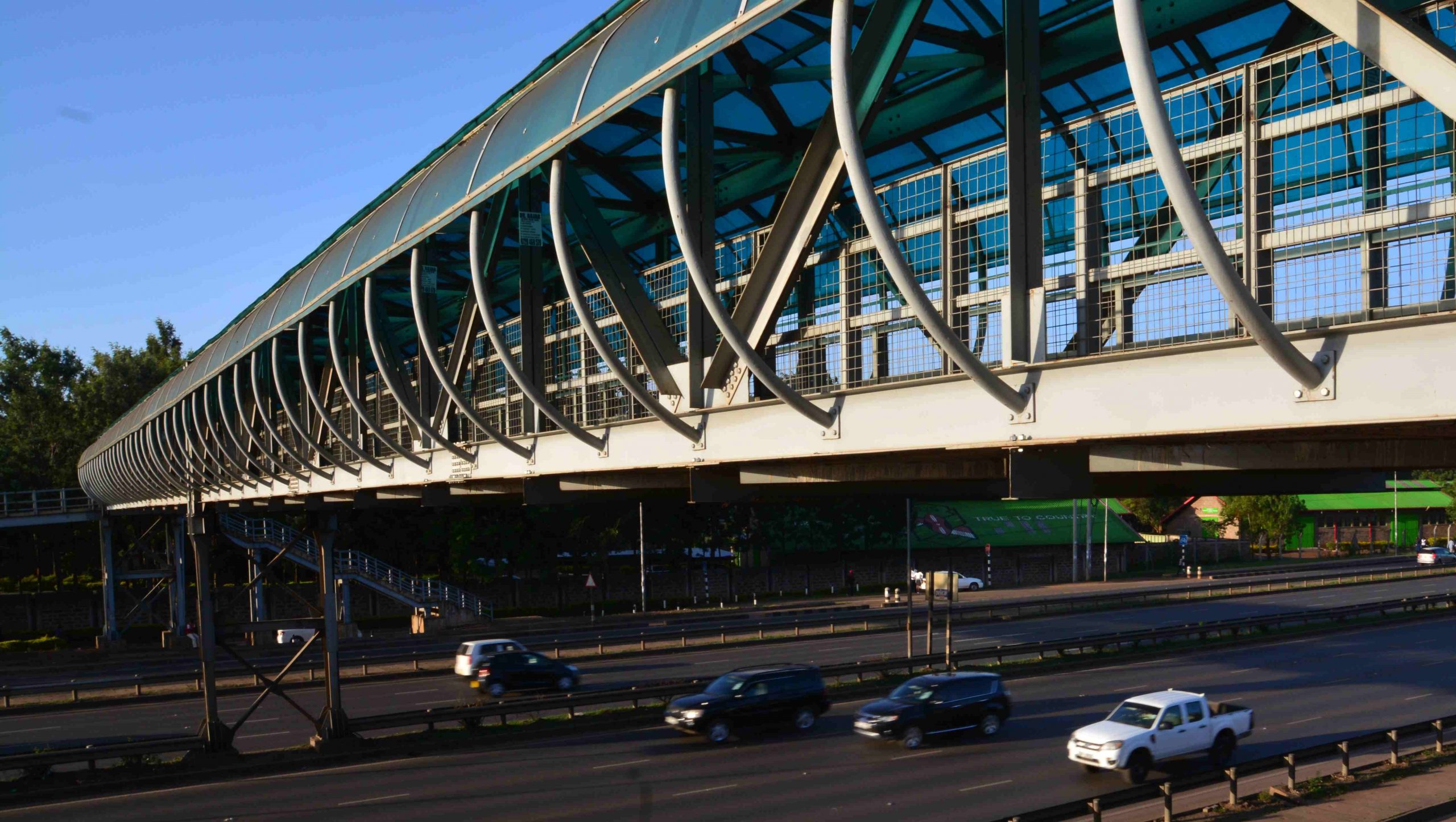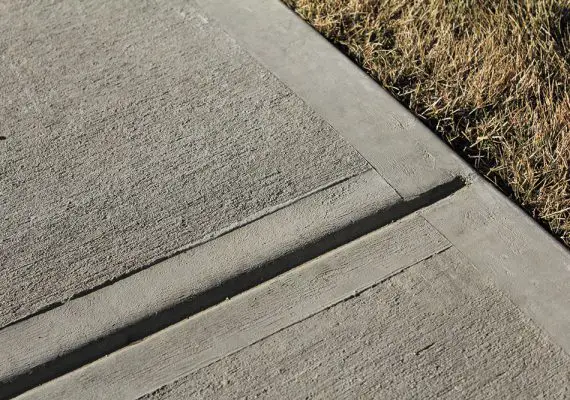What Causes Brick Efflorescence?
What Causes Brick Efflorescence?
Brick efflorescence is caused by a combination of soluble salts, water, and porous materials. The salts are found in the ground and in construction materials such as brick, mortar, cement, lime, sand, clay, admixtures, and backing materials.
When water dissolves these salts and moves them to the surface of brick walls or cement foundations, they are left behind when the water evaporates. This causes the salts to crystallize and form efflorescence on the surface of the brick.
In addition to salt sources from the ground or construction materials, moisture can also enter masonry during construction if it is not properly protected. This can contribute to the future formation of efflorescence.
To prevent this from happening, hydrophobic sealants can be used to prevent water absorption into building materials. To remove efflorescence from brick surfaces, it is best to do so in warm and dry weather conditions.
What Is The Main Cause Of Efflorescence?
The main cause of efflorescence is the interaction of salt and water in and on the surface of a porous material, such as brick, stucco, mortar, cement, sand, clay, lime, or backing.
Efflorescence occurs when water containing dissolved salts is brought to the surface of masonry and the water evaporates, leaving the salts on the surface. The salt solutions may migrate across surfaces of masonry units, between the mortar and units, or through the pores of the masonry.
💥🎁 Christmas & Year-End Deals On Amazon !
Don't miss out on the best discounts and top-rated products available right now!
🛒 Shop Now and Save Big Today!*As an Amazon Associate, I earn from qualifying purchases.
The primary source of moisture for efflorescence is rainwater that penetrates or comes into contact with masonry. Other sources include groundwater seepage or condensation from humid air.
In addition to rainwater, other sources of water can include solvents or acids which can cause salts to cake over bricks and other porous materials.
What Are The Effects Of Efflorescence?
Efflorescence is a crystalline, salty deposit that can occur on the surfaces of bricks, masonry, or concrete.
It is generally a white or off-white color with a powdery appearance and is caused by water-soluble salts and other water-dispersible materials that come to the surface of concrete, bricks, and mortars.
High humidity can result in slower evaporation and hence more opportunity for the growth of the deposits.
The effects of efflorescence include damp walls leading to unhygienic conditions, decay, dry rot of woodwork, the disintegration of masonry, damage to furniture and internal decorations, crumbling of plaster, etc.
💥🎁 Christmas & Year-End Deals On Amazon !
Don't miss out on the best discounts and top-rated products available right now!
🛒 Shop Now and Save Big Today!*As an Amazon Associate, I earn from qualifying purchases.
To eradicate the efflorescence problem, the moisture ingress source should be determined first. Some preventive measures for efflorescence include avoiding premature drying and ensuring adequate curing of the wall.
What Is The Best Efflorescence Remover For A Brick?
The best efflorescence remover for brick is white distilled vinegar. To use it, mix equal parts water and vinegar in a spray bottle, shake well, and then wet the efflorescence-affected surface.
Let the solution sit for a few minutes before scrubbing the bricks with a stiff-bristle cleaning brush. After scrubbing, wipe away any loose efflorescence particles with a lightly dampened (not soaked) cleaning sponge.
If the efflorescence is extra tough or thick, an efflorescence remover such as RadonSeal can be purchased from Amazon. When using any of these solutions, make sure to protect plants and vegetation by spraying them with water before and after application.

